So here we go again, and we don’t even have to wait another day for it. Yet more on the 2014 Perodua Axia, with the face of the Special Edition (SE) variant now unveiled (we saw the rear of the 1.0 G earlier this morning). There’s also a little bit more info about the car as well, on top of the variant specification details and tentative pricing that came about yesterday.
The latest bits of information concerns numbers, and the external dimensions have been revealed – the Axia measures in at 3,640 mm long, 1,620 mm wide and 1,510 mm tall. Conversely, the Daihatsu Ayla (which provides the basis for the Axia) is 3,580 mm long, 1,600 mm wide and 1,510 mm tall, with a 2,450mm wheelbase.
So, the Axia is marginally longer, and a fraction wider, and while its wheelbase length hasn’t been announced, there should be no variation from that on the Daihatsu.
Also laid out is the specific claimed fuel consumption for the five-speed manual and four-speed 4 E-AT auto transmissions, running in ECO Mode – the manual offers a 21.6 km per litre fuel economy, while the auto is rated at 20.1 km per litre. The car also features an electric power steering (EPS), which should contribute to the frugal consumption. EPS is a feature found on the new Myvi, but the Viva didn’t have it.
All four Axia variants will be powered by the all-aluminium 1KR-DE2 1.0 litre mill – output remains quoted at 66 hp at 6,000 rpm, though the amount of twist has been revised in the latest information, up from the 87 Nm at 3,600 rpm quoted earlier to 90 Nm. A turning radius of 4.5 metres is also mentioned.
Of interest is the fact that the automaker is touting the Axia as having a four-star ASEAN NCAP rating, which suggests that the car has already undergone crash testing evaluation trials at MIROS’s PC3 facility in Melaka.
Looking to sell your car? Sell it with Carro.

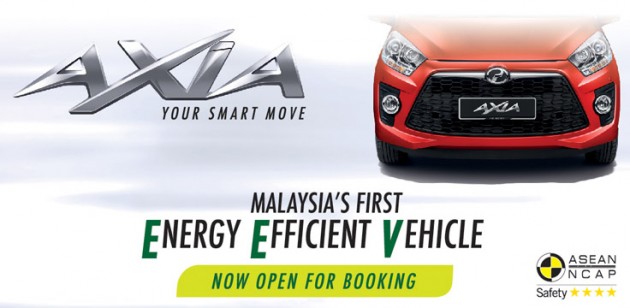

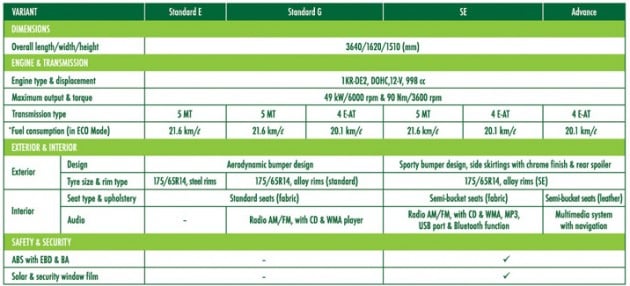
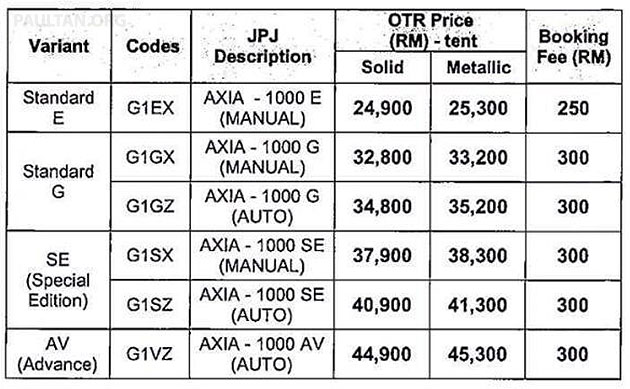


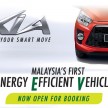
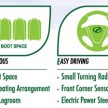
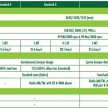
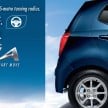
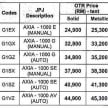
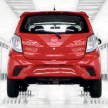

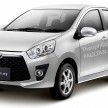
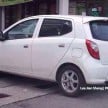

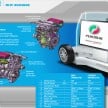
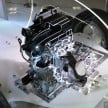
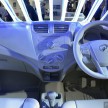
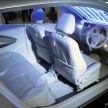
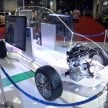
















AI-generated Summary ✨
Comments reveal mixed reactions to the Perodua Axia, with many praising its affordability, safety features like dual airbags, and improvements over previous models, while others criticize the lack of stability control (VSC) and advanced safety features across all variants. Some express concerns over pricing, safety compromises, and the perceived prioritization of cost-cutting over safety, with suggestions that more features like ABS should be standard. A number of commenters compare the Axia favorably to other low-cost vehicles and highlight its value, but there are reservations about its safety ratings and construction quality. Overall, sentiments range from support for the new model’s safety enhancements to skepticism about its safety offerings and value for money, reflecting a desire for better safety standards in affordable cars.